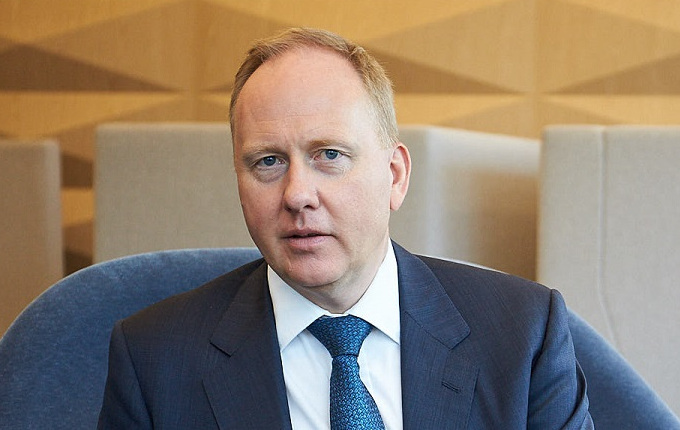A rise in inflation might be around the corner and institutional investors would do well to prepare for this risk, MLC’s Jonathan Armitage says.
Register to Access this Exclusive [i3] Insights Article
Create a free account to access exclusive interviews with asset owners, revealing insights on investment strategies, market trends, and portfolio allocations.
If you already have an account you can Login .
If you have any issues registering an account please send us an email at info@i3-invest.com.


